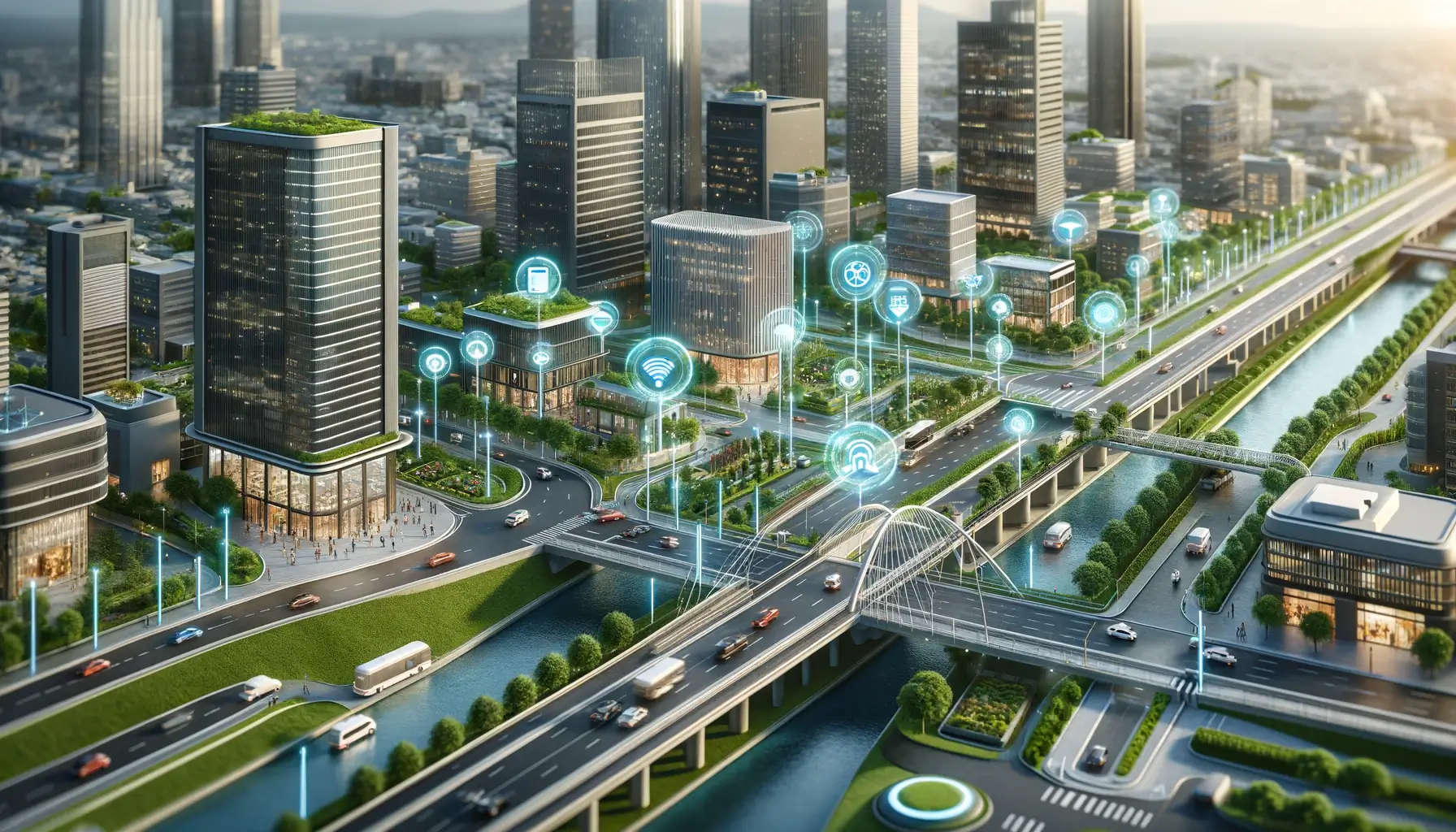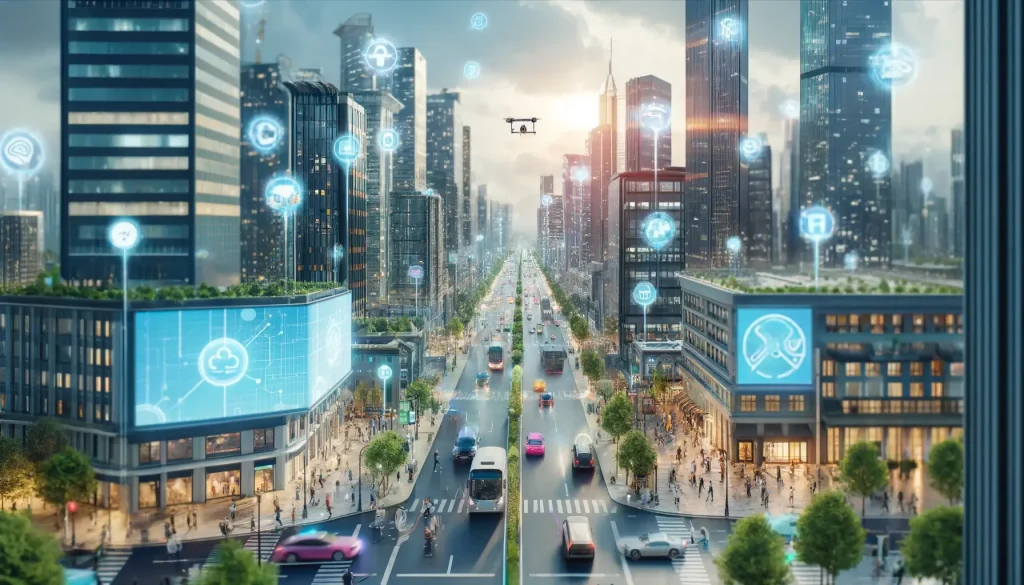
How DePIN and RWA Tokenization are Transforming Digital Asset Transactions
DePIN and RWA tokenization are emerging technologies that are set to revolutionize the digital asset landscape. Decentralized Physical Infrastructure Networks (DePIN) leverage decentralized principles to manage physical infrastructure, while Real World Asset (RWA) tokenization transforms physical assets into digital tokens, making them easier to trade and manage. Together, these innovations offer unprecedented opportunities for efficiency, transparency, and inclusivity in digital asset transactions.
Understanding Decentralized Physical Infrastructure Networks (DePIN)
The Concept of DePIN
DePIN aims to decentralize the management and operation of physical infrastructure by leveraging blockchain technology. This model distributes control across a network of participants, enhancing transparency and reducing the potential for centralization-related inefficiencies and corruption.
Benefits of DePIN
Increased Efficiency
DePIN reduces administrative overhead and streamlines operations, leading to faster and more cost-effective infrastructure development.
Enhanced Security
DePIN enhances security through its decentralized architecture, which minimizes the likelihood of security breaches caused by centralized points of failure, thus providing a more robust and reliable system.
Economic Inclusivity
DePIN fosters broader economic participation and benefits distribution by democratizing access to infrastructure investment.
Key Use Cases of DePIN
Decentralized Storage
Decentralized storage solutions were one of the earliest applications of DePIN. These networks leverage underutilized storage capacity from personal devices and servers, creating a robust and scalable storage infrastructure. Compared to traditional cloud storage, DePIN offers enhanced security through data encryption and distribution, cost-effectiveness by utilizing idle resources, and resilience against outages and censorship due to its distributed nature.
Decentralized Computing
DePIN facilitates decentralized computing networks that provide on-demand access to processing power. Similar to storage, these networks leverage unused resources from personal computers and servers. DePIN tokens incentivize users to share their resources, creating a vast pool of computing power for tasks like scientific simulations, machine learning training, and rendering.
Decentralized File-Sharing
DePIN networks offer a secure and transparent alternative to centralized file-sharing platforms. Files are stored in a distributed manner, eliminating reliance on a single server and mitigating censorship risks. DePIN protocols ensure efficient content delivery and data replication, guaranteeing file availability and accessibility.
Decentralized Energy Grids
Decentralized energy grids enabled by DePIN allow peer-to-peer energy trading between producers and consumers. This model promotes renewable energy sources by facilitating the direct exchange of locally generated energy. DePIN tokens incentivize participation and ensure secure transactions. Ultimately, DePIN-powered grids contribute to a more sustainable and efficient energy ecosystem.
Decentralized Telecommunications
In the telecommunications sector, DePIN empowers communities to create and manage their internet infrastructure. These community-owned networks leverage DePIN protocols for secure and transparent transactions, fostering network reliability and affordability. DePIN can play a vital role in bridging the digital divide by providing internet access to underserved regions.

Real World Asset (RWA) Tokenization
What is RWA Tokenization?
RWA tokenization involves converting physical assets, such as real estate, commodities, or art, into digital tokens on a blockchain. These tokens represent ownership of the underlying assets, making them easier to trade, manage, and utilize in various financial applications.
Advantages of RWA Tokenization
Liquidity Enhancement
Traditionally, real-world assets (RWAs) like real estate, fine art, or private equity can be difficult to buy and sell due to their high value, limited investor pools, and complex transaction processes. RWA tokenization unlocks these assets for a wider range of investors by creating digital representations on a blockchain. These digital tokens can be freely traded on secondary markets 24/7, significantly increasing liquidity compared to traditional methods. This not only benefits investors seeking to enter or exit positions but also allows asset owners to access capital more easily.
Fractional Ownership
One of the most transformative aspects of RWA tokenization is the ability to divide assets into smaller, more manageable units. This fractional ownership makes previously inaccessible assets like a multi-million dollar property or a valuable painting attainable for a broader investor base. Investors with limited capital can now participate in these markets and potentially benefit from the appreciation of the underlying asset. Fractionalization also opens doors for portfolio diversification, allowing investors to spread their risk across a wider range of asset classes.
Transparency and Security
Blockchain technology underpins RWA tokenization, offering a secure and transparent environment for transactions. All ownership records and transaction history are immutably stored on the blockchain, providing a clear audit trail and eliminating the risk of fraud or manipulation. This fosters trust among participants as everyone can verify the authenticity and ownership of tokenized assets. Smart contracts, self-executing code on the blockchain, can further automate processes and ensure the secure execution of transactions according to pre-defined rules.
Prominent Examples of RWA Tokenization
Real Estate
Tokenizing real estate allows properties to be divided into smaller, tradable units. Investors can buy and sell these tokens on digital platforms, providing liquidity and flexibility in the real estate market.
Commodities
The tokenization of commodities like gold or oil enables more efficient trading and settlement processes. It also allows for fractional ownership, making commodity investments accessible to a broader audience.
The Synergy Between DePIN and RWA Tokenization

Integrated Ecosystems
The integration of DePIN and RWA tokenization can create powerful synergies. For example, a decentralized energy grid (DePIN) can tokenize its infrastructure assets (RWA tokenization), enabling fractional ownership and trading of these assets on digital platforms. This integration enhances the liquidity and accessibility of infrastructure investments.
Enhanced Financial Products
Combining DePIN and RWA tokenization can lead to the development of innovative financial products. For instance, tokenized infrastructure assets can be used as collateral for decentralized finance (DeFi) loans, providing new financing options for infrastructure projects.
Real-World Application Scenario
Consider a decentralized smart city project where infrastructure assets such as solar panels, water purification systems, and telecommunications networks are tokenized. Residents and investors can purchase tokens representing fractional ownership of these assets. They can trade these tokens on digital marketplaces or use them as collateral for loans. This model not only democratizes investment opportunities but also ensures that the community directly benefits from the infrastructure they help to develop and maintain.
Challenges and Considerations
Regulatory Hurdles
Navigating the regulatory landscape is a significant challenge for both DePIN and RWA tokenization. Clear and supportive regulatory frameworks are essential to ensure compliance and foster innovation. Engaging with regulators and policymakers is crucial to address legal uncertainties and promote widespread adoption.
Technological Complexity
Implementing and managing these technologies requires advanced technical expertise. Ensuring that all participants have the necessary skills and resources is essential for the success of DePIN and RWA tokenization projects. Ongoing education and training programs can help bridge the knowledge gap.
Scalability Issues
Scalability remains a critical concern for blockchain-based systems. As DePIN and RWA tokenization grow, they must ensure that their infrastructure can handle increased demand without compromising performance or security. Advances in blockchain technology, such as layer 2 solutions and improved consensus mechanisms, are essential to address these scalability challenges.
Future Prospects
Adoption in Smart Cities
DePIN and RWA tokenization are poised to play crucial roles in the development of smart cities. By integrating decentralized infrastructure with IoT devices and AI, cities can enhance operational efficiency, improve citizen services, and create more sustainable urban environments.
Cross-Industry Collaboration
Collaboration across various industries will drive the evolution of these technologies. Partnerships between technology providers, infrastructure developers, and financial institutions can facilitate the creation of comprehensive decentralized solutions that address a wide range of needs.
Technological Advancements
Ongoing advancements in blockchain technology will support the growth and scalability of DePIN and RWA tokenization. Innovations such as quantum-resistant cryptography and energy-efficient consensus algorithms will further enhance the viability and security of these systems.
Conclusion
DePIN and RWA tokenization are transforming the digital asset landscape. These technologies offer a more efficient, secure, and inclusive approach to infrastructure management and asset trading by leveraging decentralization, transparency, and incentivization. As technology and regulatory frameworks evolve, the potential for DePIN and RWA tokenization to reshape various sectors will continue to grow, paving the way for a more decentralized and sustainable future.


